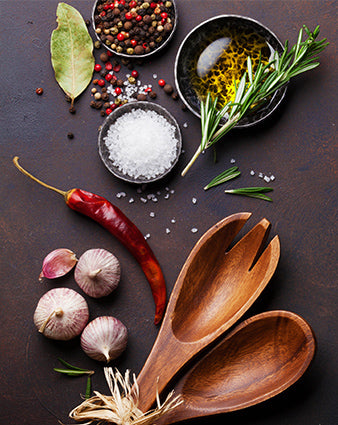From Farm-to-Fork: Creating Carrots 🥕
Let's embark on an orange-tinted adventure through the process of farming carrots, from the moment the seeds hit the soil to the time they grace your dinner table...
The Root of It All: Planting Carrots 🌱
Our journey begins in early spring, when the soil is just starting to warm up. Carrots are cool-season crops, which means they thrive in the cooler temperatures of spring and fall. 
Carrot seeds are tiny—so tiny that it’s almost like sprinkling fairy dust over the soil. Farmers carefully sow these seeds directly into the ground in neat rows. Carrots love loose, sandy soil that allows their roots to grow long and straight.
Compact or rocky soil can result in some interestingly shaped carrots, perfect for a good laugh but not so great for a perfect harvest.
Sprouting Success: Germination and Growth 👩🌾
Carrot seeds take about two weeks to germinate, which means patience is key. During this time, farmers must ensure the soil stays moist but not waterlogged.
Once the seedlings appear, they resemble tiny, delicate blades of grass. Farmers often thin the seedlings to give each carrot enough room to grow.
Crowded carrots compete for nutrients, resulting in stunted growth and odd shapes.
The Long Haul: Growing and Maturing
As the weeks go by, those tiny sprouts transform into robust carrot plants. During this phase, the plants need regular watering and weeding.
Carrots are relatively low-maintenance, but they do have some natural enemies like pests and diseases that farmers must watch out for.
Carrots grow underground, so while you might see a tuft of green foliage above ground, the real magic is happening beneath the surface. The root, which is the part we eat, gradually grows longer and thicker, soaking up nutrients from the soil.
The Big Reveal: Harvest Time 🚜
After about 70 to 80 days, it’s time to harvest. This is the moment farmers have been waiting for, when all their hard work pays off. 
Harvesting carrots is like unearthing buried treasure. Farmers gently loosen the soil around the carrots and pull them up by their green tops.
It’s a satisfying process that reveals rows upon rows of vibrant orange roots ready to be washed and sorted.
Cleaning and Packing: Ready for Market
Once harvested, carrots undergo a cleaning process to remove the soil. They’re then sorted by size and quality.
Carrots destined for the grocery store are packed in bunches or bags, while those meant for processing might be sliced, diced, juiced or dried.
Proper packaging ensures they stay fresh and crisp until they reach the consumer.
Farm to Fork: The Culinary Journey 🍴
From the farm, carrots make their way to markets, grocery stores, and eventually, your kitchen.
Carrots are incredibly versatile. You can eat them raw, roast them, steam them, or even blend them into soups and smoothies.
Their natural sweetness and satisfying crunch make them a favourite in many dishes.
Fun Carrot Facts:
- Ancient Origins: Carrots were first cultivated in Persia and have been enjoyed for over 1,000 years.
- Colourful History: While orange is the most common colour, carrots also come in purple, red, yellow, and white.
- Nutrient-Packed: Carrots are an excellent source of beta-carotene, which the body converts to vitamin A, crucial for good vision and immune function.
So, next time you munch on a carrot, take a moment to appreciate the journey it has taken from farm to fork. From the careful planting and nurturing to the exciting harvest and eventual culinary creations, carrots truly are a marvel of nature’s bounty.
Bon Appétit and Happy Crunching!







